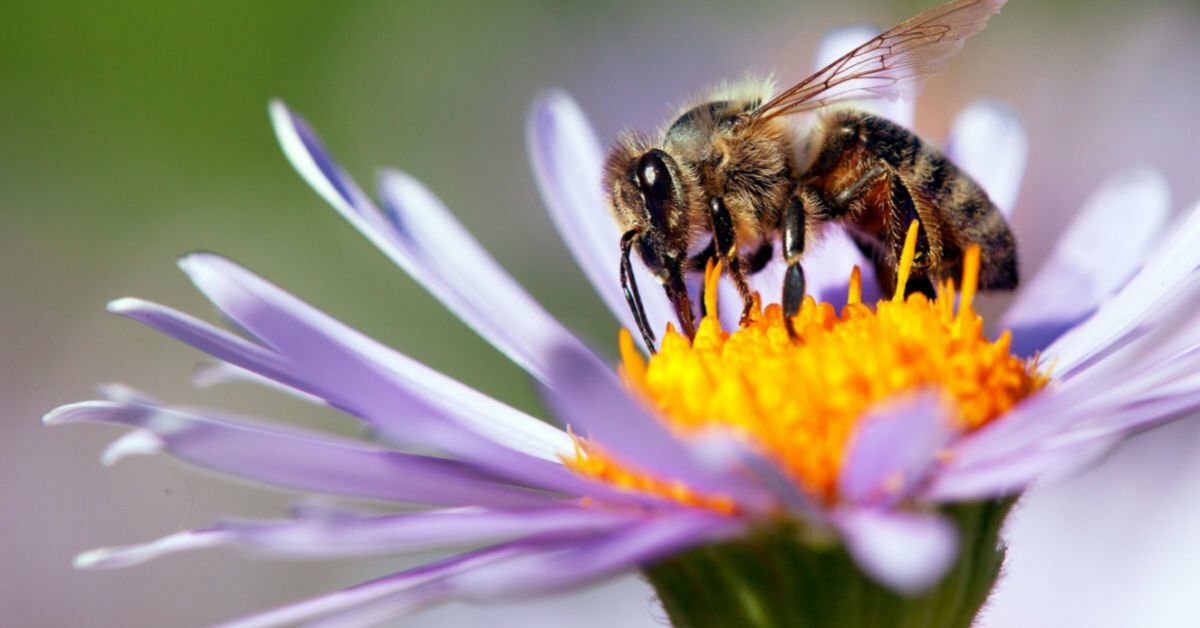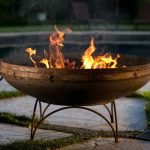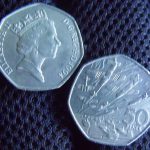
Creating a Garden best for bees
Bees are a garden’s best friend. This post will help you build a garden best for bees.
The world of pollination has changed a lot in recent years. We used to think of bees as our most important pollinators, but now we know there are many different insects that play their part in the process. However, despite these advancements in knowledge about bees, it’s still worth making your garden as bee-friendly as possible if you want healthy plants and lots of flowers! Here are some ways you can create a bee garden:
Choose plants that flower at different times.
Another way to attract bees is to choose plants that flower at different times. Plants with long flowering periods will attract bees all year long and can also be part of a pollinator-friendly garden. Some flowers are only available in the summer months, while others bloom in spring or autumn.
By planting several different plant species that flower throughout the season, you’ll encourage your garden visitors to stick around longer and enjoy themselves!
Add some trees and shrubs.
You can do this by planting trees and shrubs in a variety of ways, such as:
- in a hedge, where species are planted closely together to create a dense barrier
- in a row, where they are placed on the same level along one side of an area
- or as part of a mass planting that includes several different types of trees (or shrubs).
The design possibilities for how you plant your chosen plants are up to you – just remember that bees need these plants for shelter, food and nesting sites.
Avoid using pesticides and herbicides to make a garden best for bees
When creating your garden, it is essential to avoid using pesticides and herbicides. Both of these types of chemicals are harmful to bees. Pesticides can be fatal for bees because they are poisonous to insects in general. Herbicides kill the plants that bees need for food and shelter, so if you use them on a regular basis, you will eventually run out of food sources for your insects.
Additionally, pesticides and herbicides can also damage the soil in which you grow your plants (and therefore affect future growth). Pesticides may also kill the soil’s microbes which help with nutrient cycling in the garden! This means that over time those nutrients become unavailable or toxic to your plants right away when applied during application instead waiting until later downstream after being absorbed by surrounding vegetation the first time around.
Make a bee watering station.
You can make a bee watering station by filling a shallow dish with water. Place it in the sunniest part of your garden so that bees will be able to find it easily. To make sure the water stays fresh and clean, add a few drops of dishwashing liquid and lemon juice. You can also add vinegar or sugar for extra nutrients for your pollinators. For an extra treat, try adding honey!
Make a bee bath
A bee bath is a water source for bees, which often have to travel long distances in search of water. A bee bath can be as simple as a shallow dish filled with stones and sand that drains quickly. Alternatively, you can make a more elaborate one using a plastic container or even an old birdbath.
To put together your own bee bath, start by filling the bottom with smooth pebbles, so the bees have plenty of room to land. Next, add some coarse sand on top of the pebbles (it’s not necessary to use fine-grain sand). Finally, fill two-thirds of the way up with water and put it somewhere sheltered from direct sunlight but still accessible to visiting insects (you don’t want them falling in!).
When making your bee bath, keep in mind that:
- The best time of year to set up a bee bath is during late summer when there are lots of flowers available for them to drink from
- A full bee bath should last about three weeks before needing refilling
Find a sunny spot
As you’ve probably heard, bees are essential to a garden’s success. They pollinate plants and therefore help them grow, providing us with fruits and vegetables that we wouldn’t otherwise have. However, this fact is only half the story—bees actually need sunlight to do their job. In fact, they can only fly when the temperature is above 55 degrees Fahrenheit (12 Celsius). Bees also need a lot of sunlight to function correctly; they must be able to soak in UV rays so that their bodies can produce vitamin D3.
This means that finding a sunny spot for your bee-friendly garden is crucial if you want it to be successful. You may have an area on your property where there are plenty of flowers but no room for additional plants or trees due to limitations like shade or space constraints; if so, don’t worry! There are still ways you can make sure those bees get enough light exposure while still keeping them happy in your backyard (and out of trouble). One option is using some sort of automatic tracking device which will ensure maximum exposure throughout the day by moving itself around according to its internal sensors’ readings; another possibility would be placing plant pots directly up against windows where there’s plenty of direct sunlight coming through during certain hours each day (you could even go outside and enjoy yourself!).
Avoid planting flowers in straight lines.
To make sure you’re providing plenty of flowers for bees, avoid planting flowers in straight lines. Bees need to be able to find flowers in a hurry, and they won’t waste time flying down a single row of plants looking for the next one. Instead, plant them in clusters so that they’re more accessible for the bees to find and more likely to get pollinated by their winged friends.
A much-pollinated garden is a healthy garden.
A much-pollinated garden is a healthy garden.
To understand why this is true, we need to break down the process of pollination, which includes the transfer of pollen from the anther of a flower to the stigma of a flower. The process of pollination is required for the sexual reproduction of flowering plants, and it’s necessary for plants to grow fruits and seeds. Without pollination, there would be no natural honey!
Creating a garden that’s suitable for bees is not hard. It just takes a little knowledge and some planning ahead. Remember to think about the different stages of bee life when choosing plants so that you can create an environment that will be good throughout the year. You should also consider planting trees and shrubs to provide shelter from windy days and food sources for insects like butterflies or ladybirds. Finally, adding some water features such as bird baths, ponds, or even just bowls of water will help keep your garden looking fresh all season long!





